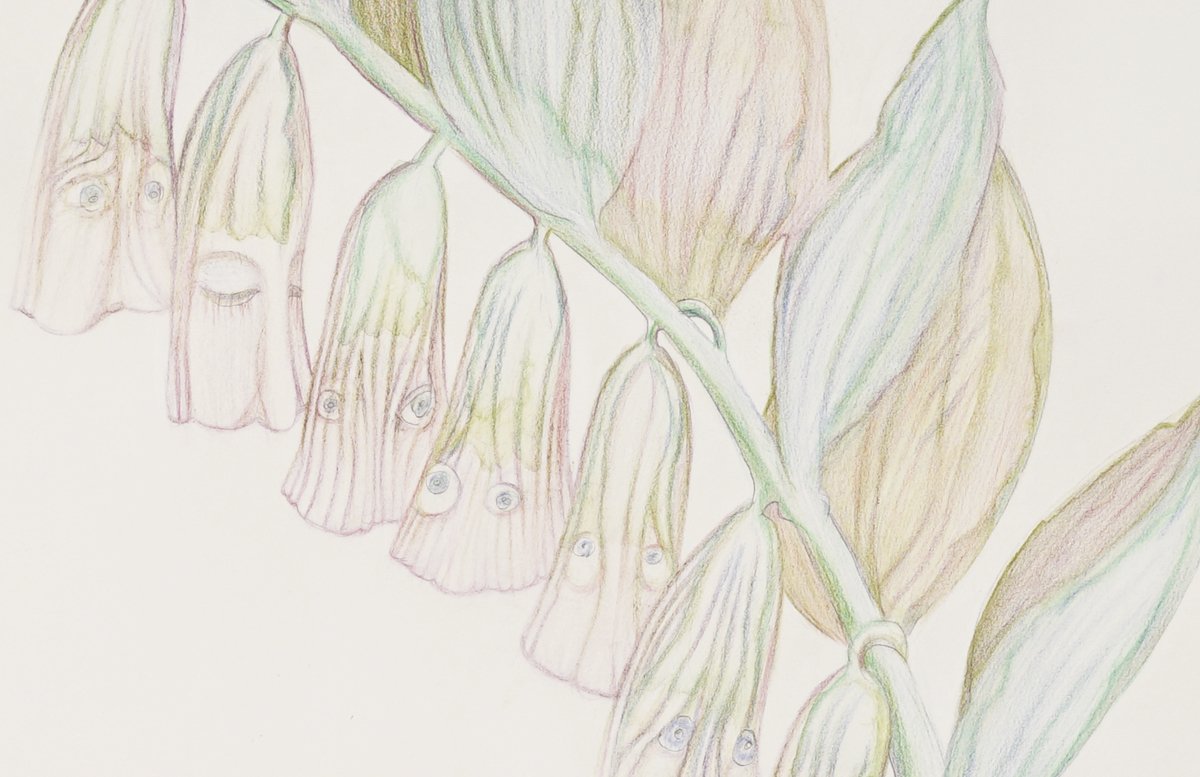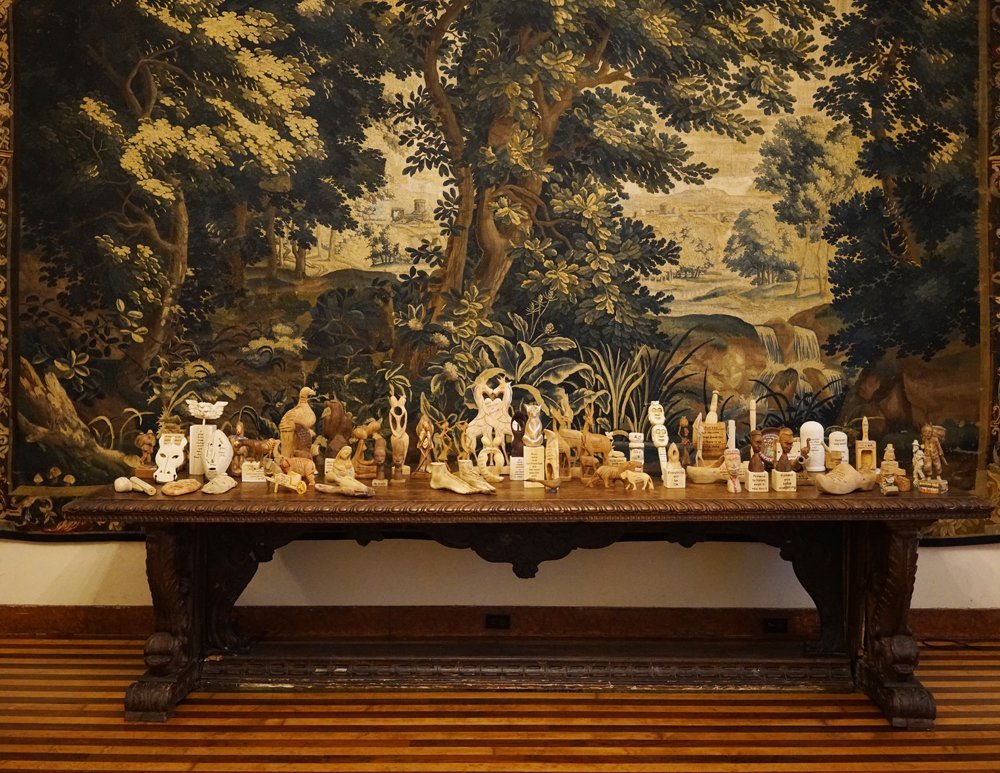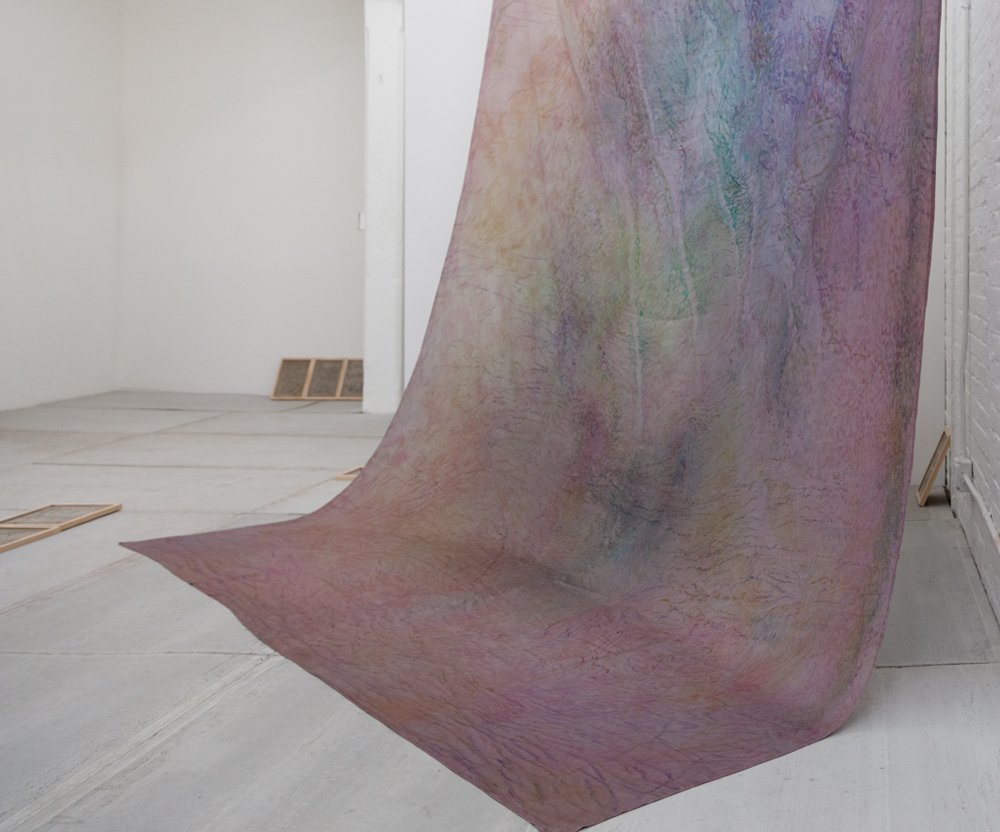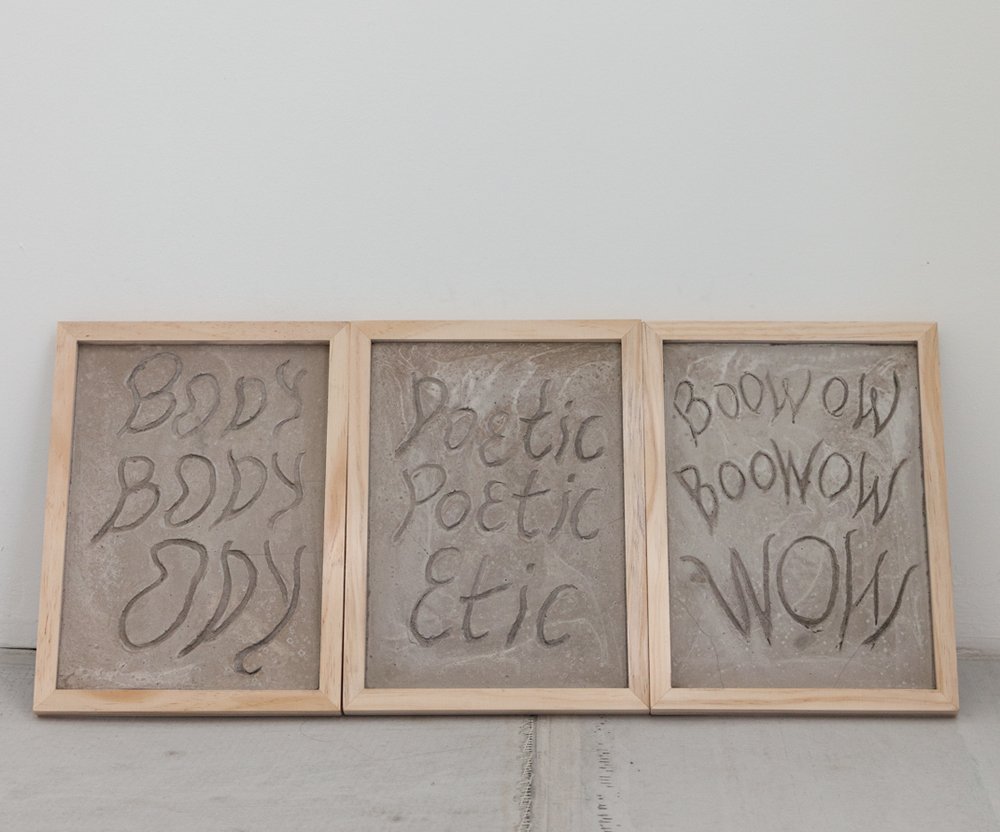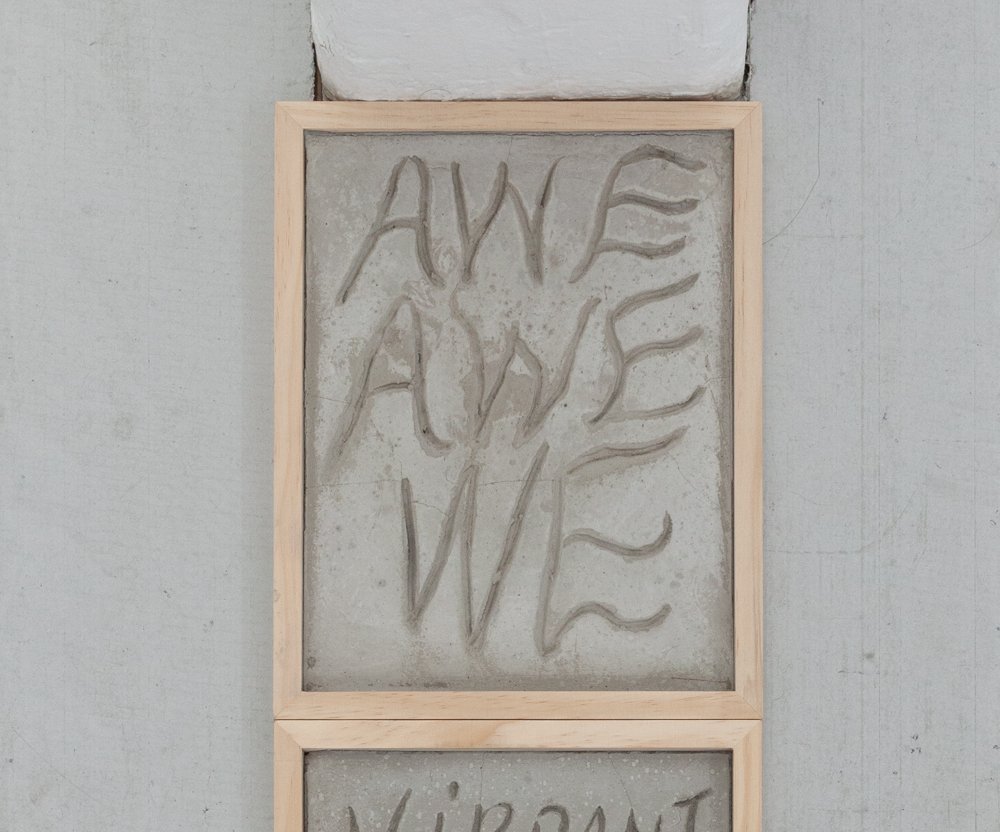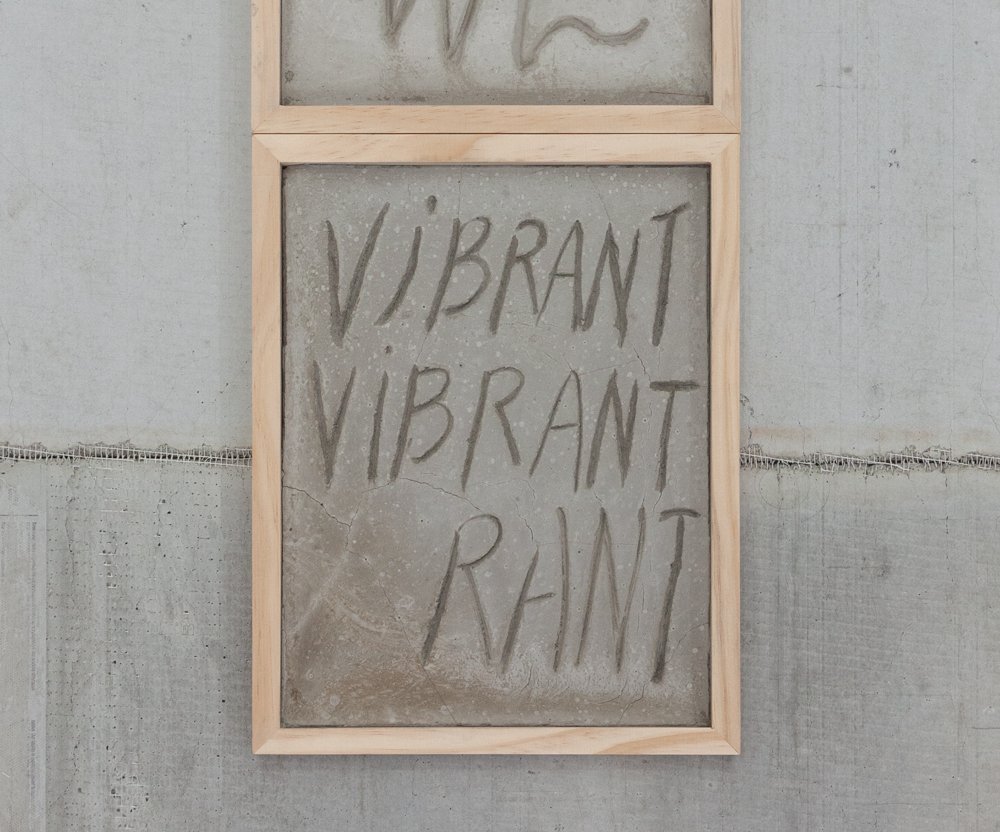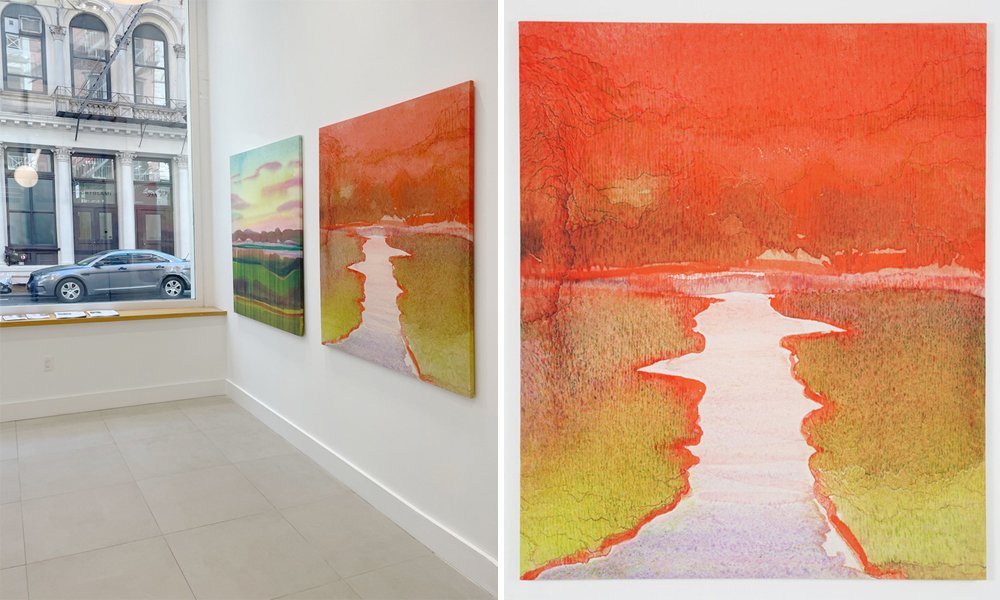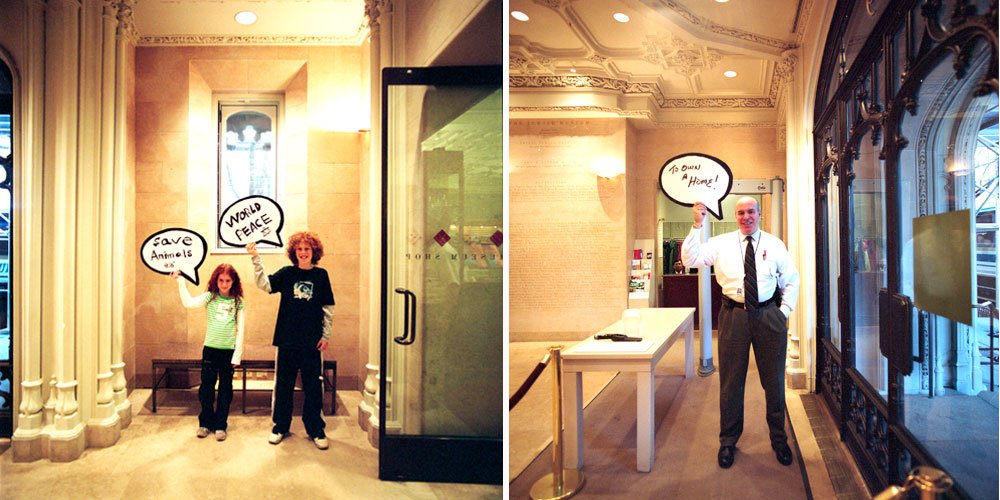IMPRESSIONS OF THE FLOWERS THEMSELVES Curated by Chiara Mannarino and Francesca Pessarelli Spring/Break Art Show, September 7th - 12th, 2022
This September, Curators Chiara Mannarino and Francesca Pessarelli present Impressions of the Flowers Themselves, which takes botanist and cyanotype photographer Anna Atkins’ deep connection and consideration for her botanical subjects as its point of departure. Alina Bliumis, Joseph Liatela, and Joey Rosin align with this empathic relationship to plants and, each in a different way, address the symbolic potential of flowers and their ability to evoke ideas of rebirth, transformation, and utopia.
Bliumis is a research-based artist who approaches historical and political moments through the lens of the natural world. In her series Endangered: Portraits of Flowers, Bliumis gives renewed life and agency to endangered and extinct flowers through portraiture. Hand-carved frames imbue these plants with a sense of personhood and reflect the histories and mythologies associated with them. Many of the flowers Bliumis includes in this series have medicinal or psychedelic properties – their healing and transportive capabilities often leading to their exploitation and extinction.
Liatela is a multidisciplinary artist who uses performance and sculpture to address trans and queer subjectivities and embodiment. His work considers the historical use of flowers in memorials and their inherent symbolism of death and rebirth. In his installation Untitled (Ascension), Liatela applies these concepts to the body, addressing the transitory nature shared by plants and humans and one’s ability to transform over time. His work serves as an altar upon which we commemorate the individuals and parts of ourselves we have lost while looking towards the infinite potential of the reborn self.
Rosin is a musician, sound healer, and budding scent artist. In line with Bliumis’ and Liatela’s exploration of ephemerality and loss, Rosin has created a four-piece sonic landscape entitled Bardo – a Tibetan word that describes the liminal space between death and rebirth. Also by Rosin is Altarpiece – a unique fragrance that will be diffused throughout the exhibition space. Rosin has poetically conceptualized these works as a metaphorical diptych. Harnessing the evocative nature of scent and sound, Rosin’s aim is to encapsulate the beauty of a natural world that no longer exists and will never exist again.
Born in the wake of the Age of Enlightenment, during which historically prevailing notions of the self came into question, Anna Atkins turned such inquiries to the botanical world as well, considering how flora, too, can constitute moral agents. Impressions of the Flowers Themselves seeks to blur and make arbitrary the line between human and botanical life, speaking to the impossibility of extricating ourselves and our ideals from the natural world and its mythologies. The exhibition will act as an altar, a memorial, a meditative space where we can imagine an alternate present, one in which we haven’t lost these literal and figurative flowers and the stories and values they carry with them.
BETWEEN TEXTS AND TEXTILES Bienvenu Steinberg & Partner 35 Walker St. NYC July 21 - August 31, 2022
Bienvenu Steinberg & J is pleased to present Between Texts and Textiles, an exhibition including eight international artists. The works featured stretch the fabric of reality, from text to textile, from pattern to language. What is presented is a gradual approach to painting, sculpting, weaving and writing by visual fusion of what might be called the textile sign. The works break the link between vehicle and destination: textiles to be read with no intention of being informed, texts with no plot and no point.
Language and text are at the tactile and metaphoric center of Ann Hamilton’s work. She uses common materials to invoke particular places, collective voices, and communities of labor. What are the places and forms for live, visceral, face-to-face experiences in a media saturated world? In Shell, an homage to Joseph Beuys, in the form of a white felt coat, as well as in a groupof collagesonbookendpaper,therelationsofcloth,touch,motionandhumangesture give way to dense materiality.
In her re-reading of twentieth Century avant-garde practices, Fernanda Fragateiro frequently repurposes already-existing and symbolically layered material, in order to fashion delicate work criss-crossed by an intricate web of inner references to the history of art and architecture. Her ongoing Overlap sculptures are made of stainless steel supports and handmade fabric-bound sketchbooks. Overlapping is an important word to talk about the essence of all these works: overlapping of elements, overlapping of materials, overlapping of histories, and time overlapping. In a new series of paintings titled Poly-Grounds, Suzanne Song creates multifaceted dimensions that blur the boundary between illusion and reality. The paintings’ shapes are direct extractions of the marginal spaces delineated from previous bodies of work. The placement of shadows disrupts the flat picture plane and transforms the two-dimensional surface into an ambiguous field: are we looking at a painting, a very finely woven fabric or a polished surface?
Visions, inspired by dreams, surrounding life, or drawn from the unconscious, are at the heart of Mia Enell’s paintings. She plays with words through images, her figures of speech are free associations on canvas. Loosely Knit is a literal rendering of its title: a system of interconnected discrete units freed from instrumental utility or significance. Alina Bliumis’ text-based sculptural works, Concrete Poems, recall street wall scribbles, graffiti, and absurdist poetry. They consist of words literally inscribed on tablets of wet concrete. Border/Order; Textile/Tile; Lover/Over: the playfulness of crossword puzzles often leads to unexpected existential interrogations. Usingreadymadeexpressionsorrepetitionsofasingleword, ElvireBonduelle utilizes a repertoire of images and objects with apparently joyful potential. Made of words carefully calligraphed -in her own hand-designed font- over colorful wave patterns, Bonduelle’s paintings revel in their own obviousness.
Analia Saban dissects and reconfigures traditional notions of painting, often using the medium of paint as the subject itself and the canvas as a medium rather than a support. Her methods such as unweaving paintings, laser-burning the canvas, molding forms or weaving paint through linen thread, remain central to her practice, as she continues to explore tangible materials in relation to the metaphysical properties of artworks. Julianne Swartz articulates an architecture of frailty. When viewed, her sculptures are activated slightly, at times, they even appear to breathe. Zero blanket is a silent tapestry, made from hair-thin copper wire. The tenuous lines from the irregularly weaved structure delineate and hold space until emptiness becomes substance. Zero Blanket embodies invisible presence and tangible absence, it engages a palpable vulnerability.
Alina and Jeff Bliumis CULTURAL TIPS FOR NEW AMERICANS Curated by Sozita Goudouna, Occupy Art Project, The French Consulate, NYC February 17 - March 9, 2022
Alina Bliumis, Jeff Bliumis
CULTURAL TIPS FOR NEW AMERICANS
2022, 110 objects, wood and ink
For the last years, we have been gathering tips on “how can immigrants blend in the American society“ using street questionnaires, handbooks, social media and public forums. Concurrently, we collected ethnic wooden souvenirs, which radiate a certain fetishization of otherness, from all around New York City and sandblasted these objects to remove their original decorations and uncover the wood underneath. The cultural tips are then written onto the wooden souvenirs in ink, causing them to become decontextualized objects, much like the immigrants to whom the cultural tips are addressed.
Alina Bliumis, IMAGINATION NATION Elma, NY October 23 - November 30, 2021
“First, there is the old truth that ‘In the beginning is the body,’ with its desires, its powers, its manifold form of resistance to exploitation. As is often recognized, there is no social change, no cultural or political innovation that is not expressed through the body, no economic practice that is not applied to it.’”
— Silvia Federici “Beyond the Periphery of the Skin” 2020.




























